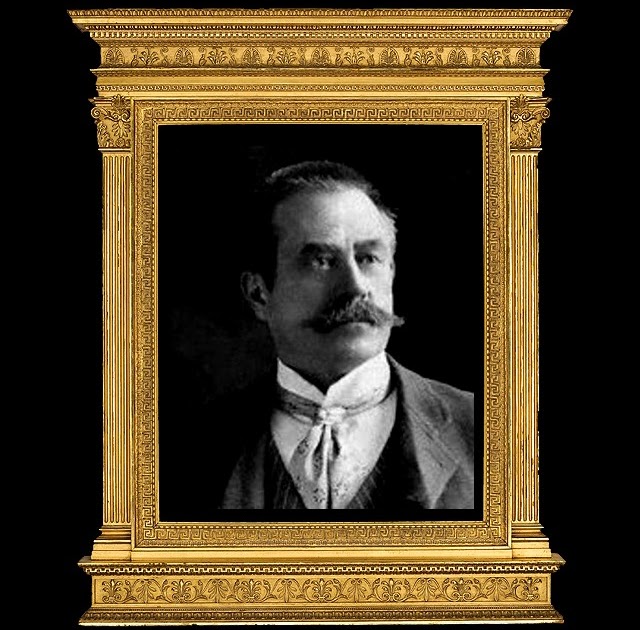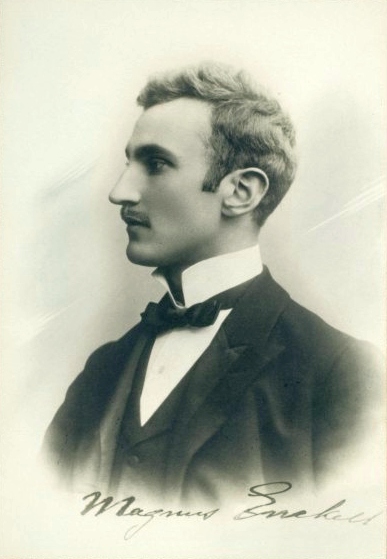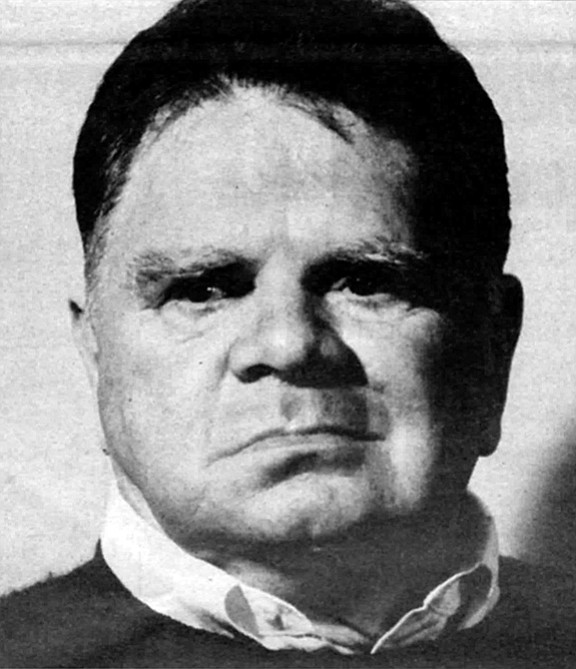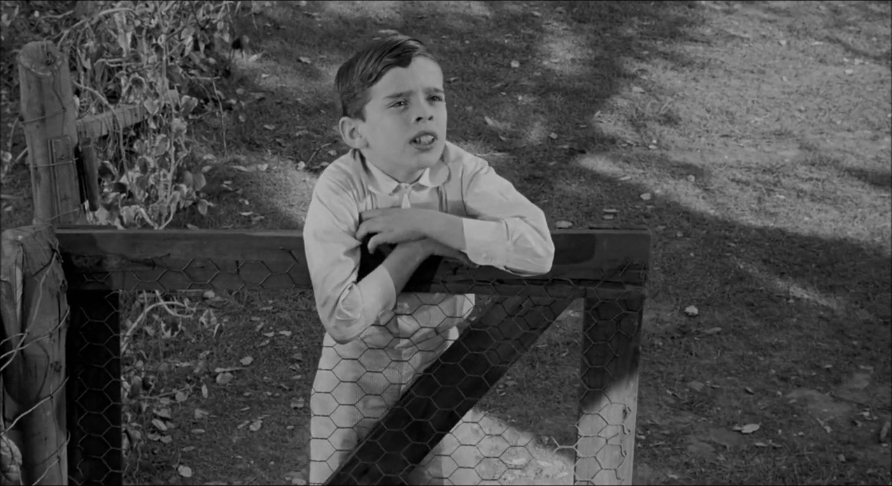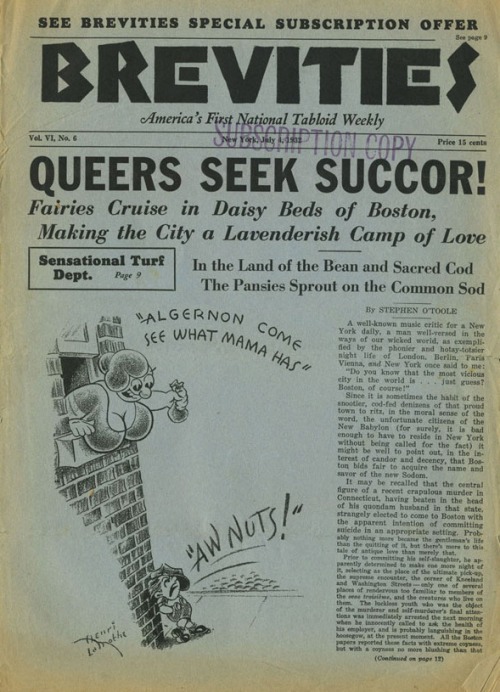November 09
STANFORD WHITE was an American architect born on this date (d:1906); He was also a partner in the architectural firm McKim, Mead & White, one of the most significant Beaux-Arts firms. He designed many houses for the wealthy, in addition to numerous civic, institutional, and religious buildings. His temporary Washington Square Arch was so popular that he was commissioned to design a permanent one. His design principles embodied the "American Renaissance".
In 1906, White was shot and killed at the rooftop theatre of Madison Square Garden by Harry Kendall Thaw, in front of a large audience during a musical theatre performance. Thaw was a wealthy but mentally unstable heir of a coal and railroad fortune who had become obsessed by White's alleged drugging and rape of, and subsequent relationship with, the woman who was to become Thaw's wife, Evelyn Nesbit, which had started when she was about 16, four years before her 1905 marriage to Thaw. By the time of the killing, Nesbit was a famous fashion model who was performing as an actress in the show. With the elements of a sex scandal among the wealthy and the public killing, the resulting sensational trial of Thaw was dubbed "The Trial of the Century" by contemporary reporters. Thaw was ultimately found not guilty by reason of insanity.
The irony of White's death by cuckold is disclosed by biographer Mosette Broderick, who discusses White in her book, Triumvirate: McKim, Mead & White: Art, Architecture, Scandal, and Class in America's Gilded Age (Knopf ISBN-10: 0394536622), a multiple biography of the three architects who shaped the American architectural scene well into the 20th century (the firm still exists, though under a different name, now. She pays particular attention to White's relationship with men.
She discusses them at length. The “them” she refers to is no less than architect Stanford White and his longtime collaborator – and apparently his lover – August Saint-Gaudens.
In the book Broderick goes into great detail about the relationship, but some particular things jump off the page to the careful reader. Though Saint-Gaudens was, indeed, married, it seems that this was a classic marriage of convenience, particularly for Saint-Gaudens for whom the marriage meant financial security found in the wealth of his wife and her family. When she attempted to make “an arrangement” for White with her own sister, White wrote to friends protesting,
Broderick relates the story of the two men’s sojourn together in Italy:
“While in Italy alone with Gus [August Saint-Gaudens] who had been in Italy twice before and could act as a guide, something happened between the two of them that cannot be fully ascertained. White’s letters, which were carefully edited by his son in the Depression years, contain references to an incident that almost cost the men their friendship. With an ocean between them in the following months each writes the other admitting blame and urging the other not to be too serious about what happened. Gus seems to do the bulk of the apologizing for his behavior. The language used by the two—who address each other as “beloved” and even “doubly beloved” and sign their missives as “ever lovingly thine”—indicates a possible pass made at White by Saint-Gaudens. Although probably the act was rejected, an ambiguity toward homosexual moments appears in their letters from this point forward; both words and drawings seem to indicate a shared experience, and their old motto Kiss My Ass, used as an ending for letters, becomes more serious when signed with graphic cartoon drawings.”
“’I am sure that she – or any other girl – is not for me.” Broderick goes on, “White’s remarks about women and marriage seem to indicate a lack of interest in any serious relationship. Indeed, beyond a generic reference to “pooty” girls, there is little other indication of ending his bachelor status.”
MAGNUS ENCKELL was a Finnish symbolist painter born on this date (d: 1925) Enckell, at first, painted with a subdued palette (which included mostly just grey, black, and brown), but from 1902 onwards used increasingly bright colors. He was a leading member of the 'Septem' group of colorist painters. Young Magnus has been considered to be a very influential representator of symbolism. He was one of the painters of an altar in the Tampere cathedral.
In 1891 he went to Paris for the first time, where he became a student of Jules-Joseph Lefebvre and Jean-Joseph Benjamin-Constant at the Academie Julian. There he was drawn to the Symbolist movement, and was influenced by the painter Pierre Puvis de Chavannes as well as Symbolist literature.
It is generally believed that Enckell was a homosexual, as seems indicated in his erotic portraits which were quite uninhibited for their time, but -- as they are wont to add -- his homosexuality has never been officially proven. Well we're going to give Enckell the benefit of the doubt. As Routledge's Who's Who in Gay and Lesbian History puts it, "His love affairs with men have not been denied ... Enckell's naked men and boys are openly erotic and sensual."
Alrighty then.
In 1894 and 1895 Enckell traveled to Milan, Florence, Ravenna, Siena and Venice, where his inner conflicts were reflected in his art. In 1898 he taught himself fresco and tempera techniques in Florence, by studying the work of Masacio and Fra Angelico.
The years in Italy gave his work a greater range of colors and a more optimistic foundation. In the first years of the twentieth century, under the influence of Post Impressionism he developed a brighter, more colorful palette. An example of this is the series, The Bathers, in dark, lively colors. Together with Verner Thome and Ellen Thesleff, Enckell founded the group 'Septem', in which artists who shared his beliefs came together.
From 1901 onwards Enckell spent many summers on Suursaari Island, where he painted his "Boys on the Shore" (1910). He organised exhibitions of Finnish art in Berlin and Paris, and of French and Belgian art in Helsinki (1904). He chaired the Finnish Arts Assocation 1915 to 1918, and was elected a member of the Fine Art Academy of Finland in 1922.
Enckell died in Stockholm in 1925. His funeral was a national event. He was buried in his native village in Finland
[Thanks to Jerry Weiss for this lead.]
Poet JAMES SCHUYLER, born, (d: 1991); A native of Chicago, Schuyler moved to New York City in the late 1940s where he worked for NBC and first befriended W.H. Auden. In 1947, he moved to Ischia, Italy, where he lived in the rented Auden’s apartment and worked as Auden's secretary. Between 1947 and 1948, Schuyler attended the University of Florence.
After returning to the United States and settling in New York City, he roomed with John Ashbery and Frank O'Hara. From 1955-1961, he was a "curator of circulating exhibitions at the Museum of Modern Art." He was also an editorial associate and critic for Art News. Modern art was a major influence in his writing as well as the writings of Whitman.
Reading an account of how a visit by Walt Whitman inspired Logan Pearsall Smith to literary ambition in his Unforgotten Years, Schuyler said "I looked up from my book, and the whole landscape seemed to shimmer." The personal epic of Whitman's "Song of Myself" and the vital force of landscape become major concerns of Schuyler's mature poetry.
Like Whitman, Schuyler was not known for revealing much about his personal life. He was Gay, and because he was manic-depressive, suffered several years of psychoanalysis and had a life that seemed to be riddled with traumatic experiences. One of these includes a ”near death experience” in a fire which was caused by him smoking in bed. Schuyler received the 1981 Pulitzer Prize for his 1980 collection The Morning of the Poem. He also coauthored a novel, A Nest of Ninnies, with John Ashbery in 1969. Shuyler also received the Longview Foundation Award in 1961, and the Frank O'Hara Prize for Poetry in 1969 for Freely Espousing.
Schuyler was a Guggenheim Fellow and a fellow of the American Academy of Poets. His poem The Morning of the Poem is considered to be among the best long poems of the postmodern era. His papers are maintained at the University of Connecticut.
JOHN ANTHONY MEGNA was an American actor, director and teacher born today (d: 1995). His best known role is that of "Dill" in the film To Kill a Mockingbird.
Megna was born in Ozone Park, Queens, New York to Ralph W. Megna, a pharmacist, and Eleanor McGinley, a one-time nightclub singer. He was a half-brother of Connie Stevens and an ex-brother-in-law of Eddie Fisher. He attended Holy Cross High School in Flushing, New York. He graduated from Cornell University in Ithaca, New York as a performing arts major.
At age 6, Megna made his acting debut in Frank Loesser's Broadway musical Greenwillow. At 7, he starred in All the Way Home, an adaptation of James Agee's novel about the effect of a father's death on his family. This led to his being cast as Charles Baker "Dill" Harris, the toothy young summer visitor in the 1962 film To Kill a Mockingbird. The character was based on writer Truman Capote, a childhood friend and later associate of Harper Lee, the author of the original novel.
Megna appeared in many television programs throughout the 1960s and 1970s; he portrayed a near-blind child in the Naked City episode "A Horse Has a Big Head - Let Him Worry!", one of the "Onlies" in the "Miri" episode of Star Trek: The Original Series, Stephan in I Spy (1967), and Little Adam in the NASA-produced animated shorts The Big World of Little Adam.
His other film appearances include Hush...Hush, Sweet Charlotte (1964), The Godfather: Part II (1974), The Boy in the Plastic Bubble with John Travolta, and Go Tell the Spartans with Burt Lancaster. He also acted in two car-chase films starring Burt Reynolds and directed by Hal Needham – Smokey and the Bandit II and The Cannonball Run.
As an adult, he turned to directing plays. He was the founding director of L.A. Arts, a nonprofit theater group in Los Angeles. He later became a high school English teacher, and last taught at James Monroe High School in North Hills, California. He also taught Honors English at Hollenbeck Jr High in Boyle Heights.
John Megna died from AIDS-related complications in September 1995 at Midway Hospital in Los Angeles at the age of 42.
BROADWAY BREVITIES probes the long and storied history of Lesbian clubs in New York City with the frontpage article "Sapphic Sisters, Scram!" as written by "Connie Lingle." The publication, generally credited as America's first national weekly gossip tabloid, was launched in New York in 1916 and edited by a Canadian named Stephen G. Clow. Brevities started out covering high society and the A-list of the New York theater world, but by the 1930s had begun covering more general vice and ran splashy features on sex, drugs, gang violence and crime.
This was possibly the first time a gossip magazine had made real efforts to attract readers who weren't members of the elite classes; it didn't presume its readers had a close familiarity with any given social or professional world. In 1932, New York City banned newsstands from selling the racy tabloid, and it appears to have folded sometime around late 1933.
Subscribe to Gay Wisdom
Would you like to have Today in Gay History (aka Gay Wisdom) sent to you daily?

